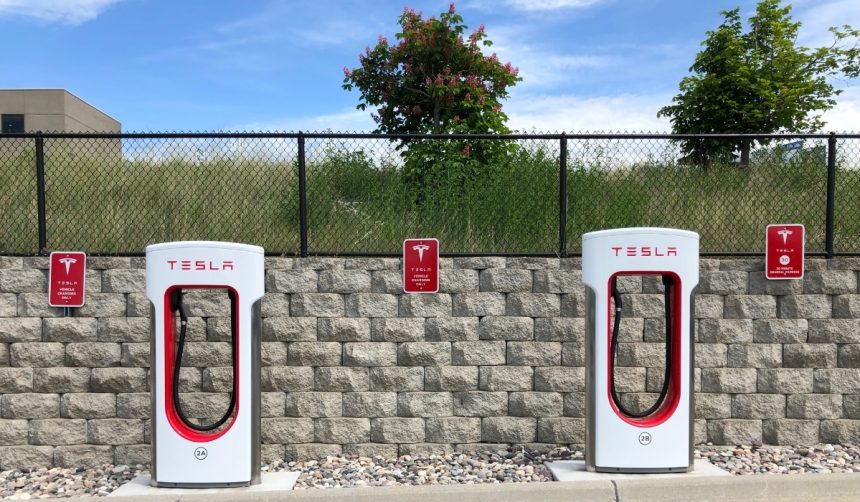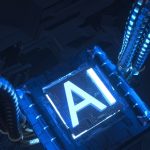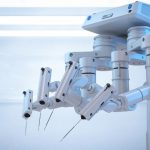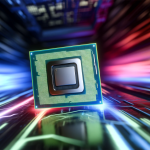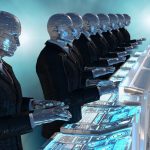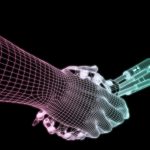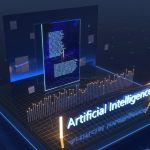Tesla has recently put its humanoid robot, Optimus, in the spotlight with intriguing dance performances that showcased the potential of real-world artificial intelligence. The robot’s movements resulted from intensive simulation training and demonstrated Tesla’s capability to converge technology and creativity. Videos of these performances were shared on digital platforms, drawing significant public attention. The development of Optimus highlights Tesla’s growing ambition in the realm of AI, extending beyond its well-known automobile lineup into more versatile applications.
During earlier showcases of Optimus, the focus was primarily on demonstrating basic movement capabilities and engineering robustness. The noticeable shift to more intricate and artistic dance routines signifies progress in AI training technology. Past demonstrations involved the use of safety cables; however, recent performances showed Optimus without these constraints, indicating increased confidence in the robot’s stability and functionality. This evolution in presentation underscores Tesla’s commitment to refining its robotics technology.
How Did Optimus Dance Live?
The recent demonstration by Optimus featured advanced robotic movements that appeared seamless and elegant. According to Milan Kovac, Tesla’s Vice President for Optimus, the dance was performed live and in real-time, utilizing techniques perfected in simulation before being executed in reality. Kovac emphasized that there was no CGI or post-production enhancements, marking a significant achievement in the transferability of simulated training to real-world applications.
What Are Key Takeaways from the VP?
Milan Kovac stated, “It’s all real-time speed, zero CGI, fully learned in Simulation & zero-shot transferred to real.”
He remarked on the substantial improvements to the robot’s model, including domain randomization and the development of agile full-body control, likely beneficial for practical scenarios such as walking. The continued advancement of Tesla’s AI model highlights the company’s dedication to leveraging machine learning for broader applications beyond robotics.
How Does Elon Musk View Optimus’ Progress?
Elon Musk shared a video of Optimus displaying ballet and modern dance moves, marking a significant advancement from basic demonstrations. His praise for the performance on social media reflects optimism about the robot’s potential. Musk suggested these showcases represent just a fraction of what Optimus is expected to achieve soon, particularly in precision and fluidity in complex movements, such as ballet.
The latest demonstrations of Optimus reveal not only Tesla’s progress in robotic capabilities but also its ambition in AI innovation. This demonstration signifies a leap in autonomous learning and robotic agility, setting new standards for humanoid robots. The focus on dance as a form of expression points to potential commercial and creative uses for robotics, making it an area worth watching for future developments. As Tesla pushes the boundaries of AI and robotics, their applications could fundamentally improve industries that require precision and adaptability.

